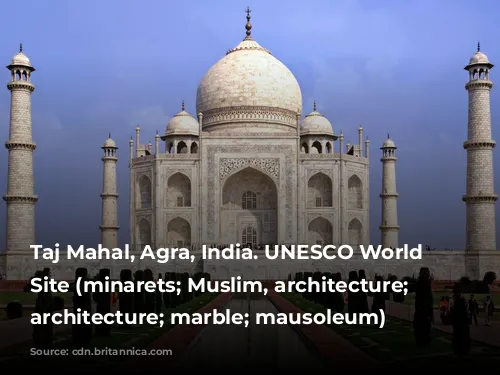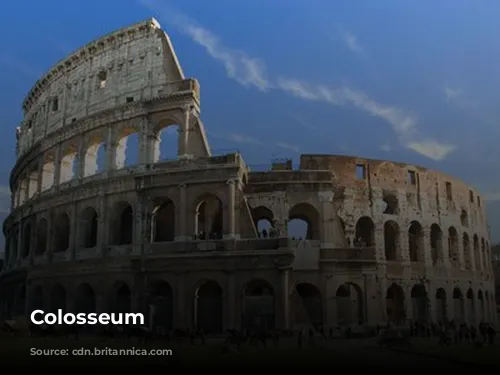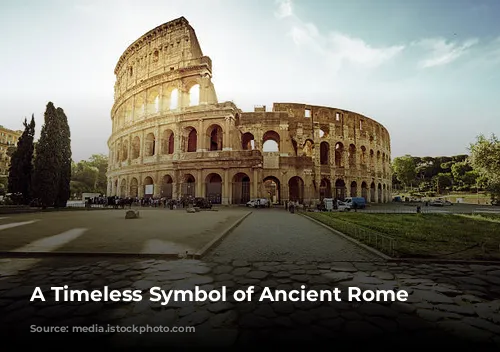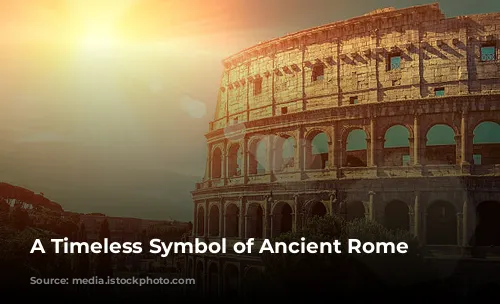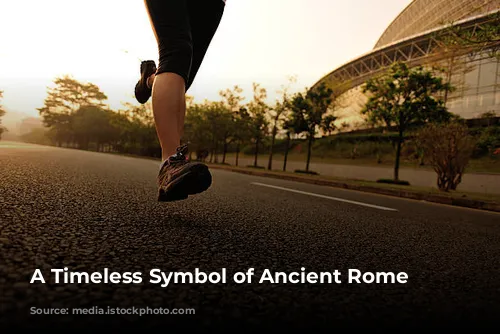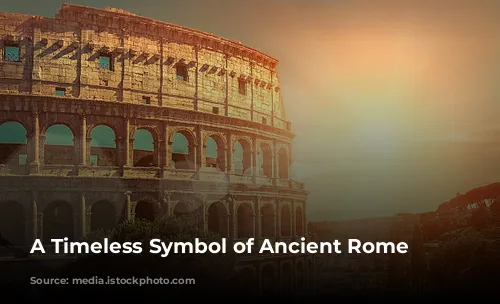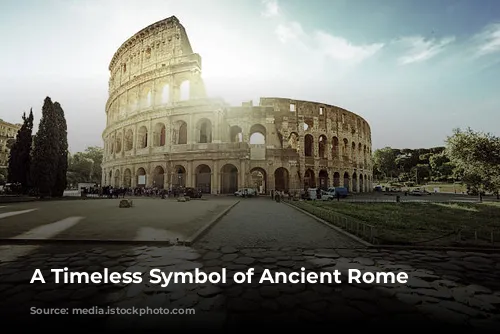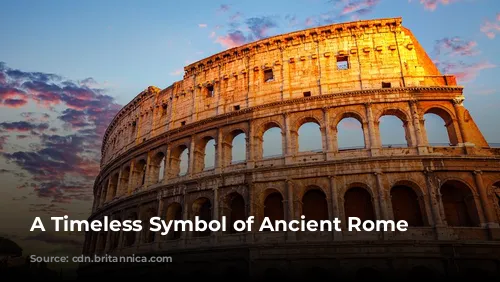Standing tall amidst the bustling streets of Rome, the Colosseum is a captivating monument to ancient Rome’s ingenuity and architectural brilliance. It’s not only a testament to the grandeur of the Roman Empire but also a significant source of income for the Italian government. In 2018, the Colosseum, Roman Forum, and Palatine Hill collectively generated over $63.3 million (€53.8 million), making them Italy’s most profitable tourist attraction.
The Colosseum has witnessed the rise and fall of empires, its sturdy structure enduring the test of time. Following the collapse of the Western Roman Empire, the Colosseum fell into a state of disrepair. During the 12th century, it was repurposed as a fortress by the Frangipane and Annibaldi families. Later, in the 15th century, Pope Alexander VI allowed the Colosseum to be stripped of its materials, serving as a quarry. Sadly, this magnificent structure was neglected for over a thousand years. However, in the 1990s, the Italian government initiated restoration efforts, breathing new life into the ancient wonder.
A Monument to Entertainment and Imperial Power
The construction of the Colosseum was a testament to Rome’s imperial ambition, a symbol of renewal after the tumultuous year of the four emperors in 69 CE. Emperor Vespasian, seeking to revitalize the city, envisioned the Colosseum as a vibrant center of entertainment. Like other amphitheaters, it was designed to host gladiatorial combats, thrilling animal hunts, and even mock naval battles, captivating the masses and showcasing Rome’s power and dominance.
The construction of this architectural marvel commenced under Vespasian between 70 and 72 CE. It was finally dedicated in 80 CE by his successor, Titus, in a grand ceremony lasting 100 days. Vespasian’s son, Domitian, completed the fourth story of the Colosseum in 82 CE. Interestingly, the Colosseum was funded by the spoils of war, specifically the plunder seized from Jerusalem by Titus in 70 CE. It was built by enslaved Jewish prisoners from Judea, a sobering reminder of the era’s realities.
A Colossal Structure: From Gladiator Arena to Tourist Attraction
The Colosseum is a true marvel of engineering and construction, a massive amphitheater built under the rule of the Flavian emperors. It’s also known as the Flavian Amphitheater. Its elliptical structure, composed of stone, concrete, and tuff, rises to four stories, reaching a height of 156 meters (513 feet). This colossal structure, measuring 189 meters (620 feet) by 156 meters (513 feet), could accommodate a staggering 50,000 spectators. The Colosseum gained immense fame as the stage for gladiatorial combat, where courageous warriors faced off in thrilling duels.
Located east of the Palatine Hill, on the site of Nero’s Golden House, the Colosseum stands as a symbol of Vespasian’s ambition. He chose to replace Nero’s extravagant private lake with a public amphitheater, a symbolic gesture that underscored his commitment to the Roman people. The Colosseum’s unique construction sets it apart from earlier amphitheaters. Instead of being built into hillsides, it stands as a freestanding structure, a testament to the Romans’ innovative engineering skills. Its design features a complex system of barrel vaults and groin vaults, supporting its massive weight. The three lower stories boast arcades adorned with engaged columns in the Doric, Ionic, and Corinthian orders, a design that influenced Renaissance architecture. The Colosseum’s exterior is clad in travertine stone, while volcanic tufa forms its secondary walls. The inner bowl and arcade vaults are made of concrete.
A Glimpse into Ancient Roman Life
The Colosseum offered an incredible spectacle for its spectators. A retractable awning, known as a velarium, shielded them from the sun. This massive awning was supported by masts extending from the attic story, and hundreds of sailors were responsible for its intricate operation. The Colosseum was the backdrop for countless spectacles, including gladiatorial combats, animal hunts, and even elaborate mock naval battles. While the Colosseum’s role in the martyrdom of early Christians remains uncertain, its history is intertwined with the Roman Empire’s complex social and religious landscape.
Over time, the Colosseum faced its own battles against neglect and decay. It was repurposed as a church during medieval times, then served as a fortress for the powerful Frangipane and Annibaldi families. Lightning strikes, earthquakes, vandalism, and pollution took their toll on the once magnificent structure. The Colosseum’s marble seats and decorative materials were plundered, leaving it a shadow of its former glory for over a thousand years. However, a wave of preservation efforts began in the 19th century, led by Pope Pius VIII. In the 1990s, a major restoration project breathed new life into the ancient monument. Today, the Colosseum remains a cherished tourist attraction, attracting millions of visitors annually, offering a glimpse into ancient Rome’s vibrant past. Regular exhibitions on the culture of ancient Rome further enrich the experience for visitors, keeping the spirit of ancient Rome alive.
